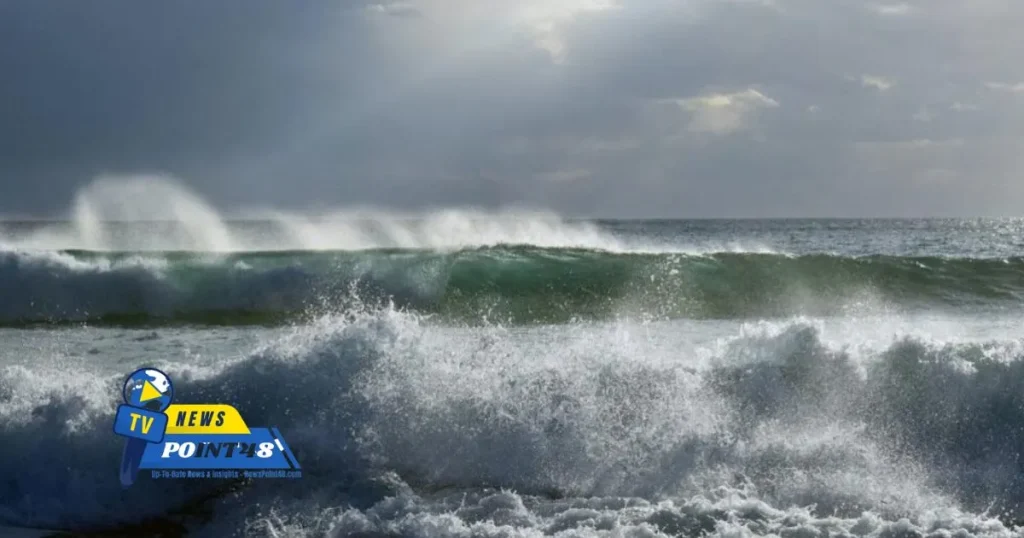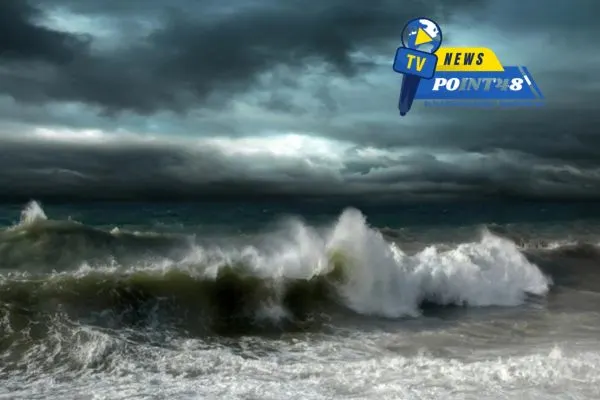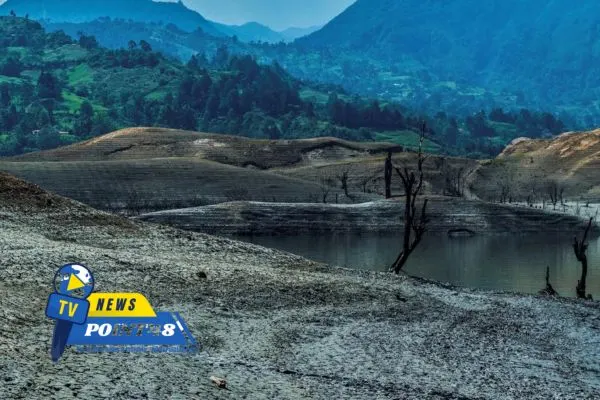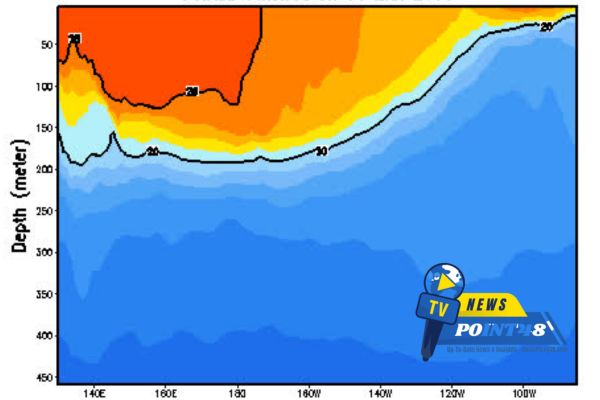
Like many planets in the universe, the Earth has also passed through several periods of mass extinctions, but none comes close to the sad events associated with the Permian-Triassic Extinction event nicknamed ‘The Great Dying.’ Approximately 251.9 million years ago during the “great dying” nearly 90 percent of all marine species and seventy percent of life on land was destroyed in the second worst mass extinction on visit remains. Still, scientists have started to unravel the factors that led to the megadrought and discuss why is the Anthropocene crumbling shrinking of El Niño, and mega ocean warming, which are crucial if mankind is to avert a climate crisis.
Also Read: The Permian-Triassic Extinction: What Happened?
There was witnessed the broader Permian-Triassic extinction around the parenthesis 250 million years ago, circumstances that also saw waters above climate scorched deteriorated global weather issues affected community-involved actions. The seas of life became barren oxygen-sucking ‘dead zones’ while land animals tried to cope in their place under harsh conditions.
Some paleontologists have recently opined that a multi-causative approach is called for regarding this mass extinction event, citing catastrophic volcanic activity, global temperatures going up, or ocean warming and acidification as the reasons. This climate calumny was precipitated by the turf of a persisting El Nin o in the history or perhaps an unprecedented ocean warming and research suggests such as this.
How El Niño and Ocean Warming Triggered the Mass Extinction

El Niño is a climatic phenomenon characterized by the warming of the surface water of the Pacific Ocean which brings a lot of perturbations to weather patterns of the whole globe. While the main state of recent normal el niño event duration is whereby, scientists regard that an el niño in its extreme habitual duration took place way back in the Permian. So this, combined with an enormous amount of volcanic heras and green housing gases, this ‘mega’ El Nino brought about warm temperatures for oceans and rendered the oceans and earth hostile for organisms.
Ocean Temperature Rise: The Escalation of Tsarin is encompassing the rise in ocean temperatures affecting the marine ecosystem and leading to loss of oxygen. Thistular disturbance which is referred to as marine anoxia made several lifeforms asphyxiate and many went into extinction.
Ocean Acidification: With time it was learned that volcanic eruptions, in particular, the volcanoes released great amounts of the gas carbon dioxide (CO2) leading to ocean acidification removing the chances of survival for marine organisms, especially for those with shell and skeleton structures made of calcium.
Disrupted Weather Patterns: Conditions such as El Nino affected weather conditions all uh-vah the cause of droughts, heatwaves, and altered rainfall patterns due to moisture stresses on terrestrial life.
The Role of Mega Ocean Warming in Extinction
Since it is now well known that there was a sustained increase in ocean temperature during the said period, it was one of the major factors that triggered the mass extinction event. The crust of the Earth underwent a tremendous increase in the temperature of up to millions of degrees due to the presence of the Earth’s surface – [the] atmosphere which scientists have wilderness mega ocean warming. This induced stress on marine ecosystems in many different aspects:

Decreased Oxygen Levels: Expansion in volume and temperature lowered oxygen concentration of dissolved nutrients as oxygen is less soluble in warm water too resulting in waters devoid of any life and termed as dysphasia lethally termed dysphasia was termed exponentially
Overexploitation: Due to the rapid depletion of marine species, the oceanic food web collapsed, and fierce predators like enormous ancient fish, mollusks, etc. as well as primitive coral reef ancestry became extinct.
Extreme Heat Stress: On land, for many organisms, it was a whole different story, with Steven’s full shutdown heat stress having never been felt before, a lot of organisms failed to cope with the quick-rising levels of heat.
Ideas that might be relevant to the current climate change crisis
It is incredible to note that the present situation of climate change is synonymous with the eighth mass extinction, or worse, even according to the previous one, the Permian-Triassic extinction event. Currently where climate change comes from CO2 and other greenhouse gasses emissions resulting in ocean warming and acidifying surface ocean which is invigorating El Nino phenomena thus endangering present-day ecosystems.
A publican of [insert sources] claims that today’s ocean temperatures are increasing similarly to the changesetting Palaeoceanography during the Permian. These changes, if not controlled, may very well usher in the next major phase of extinction, which will have sobering impacts on both parts of the biosphere’s ecosystem
What Is Possible, In Its Place, People Will Begin To Do Those Actions
To make sure that history does not repeat itself, scientists emphasize the importance of taking anticipatory and aggressive action on climate change and the world’s oceans. The most important of them include:
Reduce Greenhouse Gas Emissions: The first step is reducing greenhouse gas emissions for as long as recovering to preindustrial levels takes and using clean energy sources such as wind and hydropower.
Marine Ecosystems Protection:The measures aimed at protecting marine species, such as marine protected areas or fisheries management, are necessary but not sufficient.
Tracking Climate Changes: Better monitoring of El Nino and ocean temperatures may help reduce and determine the scale of extreme climate shifts.

El Niño’s and the mega ocean’s high temperature resulted in the Permian Triassic extinction. This type of crisis in climate change should not be witnessed again in humanity’s history. This concern has led scientists to fear that the planet has approached or is at the point where one more mass extension would take place, this time instigated by humankind. The key to ensuring that the planet remains sustainable for generations to come may very well be by keeping a close eye on the past. The more unusual means of communication include numpy arrays coding the message on the bias update plus images and additional updates on climate change and environment, please click on newspoint48.
